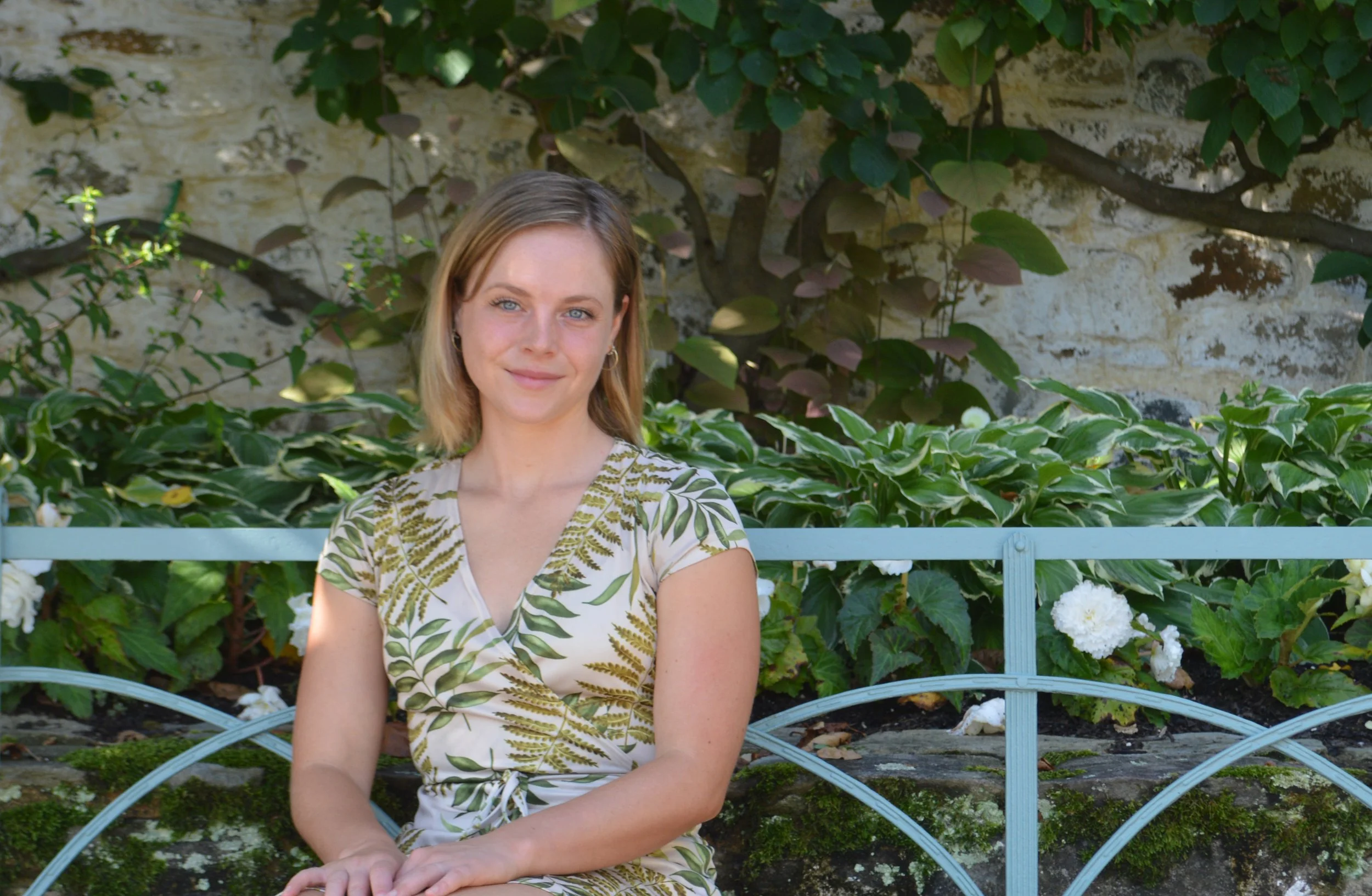Meet our Fellows: Eve Allen and Urban Plant Biodiversity
Emily Ellis
When we think of plant conservation, we often think of protecting rare flora in remote wilderness where people rarely tread. However, protecting plant species in urban areas is also extremely important for building strong ecosystems for plants, wildlife and people alike – and presents its own set of challenges and benefits for conservationists.
Photo courtesy of Eve Allen
Researching the best strategies for weaving plant biodiversity into cities and urban regions is at the core of inaugural Plant Conservation Biology Fellow Eve Allen’s work. Eve is a Master in City Planning Candidate with a focus on Environmental Policy and Planning at the Massachusetts Institute of Technology, and a research intern with the EcoHealth Network. She has a background in botany and ecology.
“Cities across the world are rehabilitating forests, softening coastlines, restoring wetlands, using phytoremediation to decontaminate brownfields, and planting vegetation on rooftops and old elevated railway lines. We ask a lot of these urban ecosystems - we need them to absorb a lot of storm water, buffer tidal surges, cool us down, clean our air, provide us a place to recreate, and be atheistically beautiful to look at,” she said. “Increasing plant biodiversity helps to advance those goals.”
A humble – but no less important and fascinating – plant first helped to interest Eve in urban planning: the potato. After her undergraduate studies, she received a Fulbright grant and spent a year working with Quechua communities in Peru to establish a genetic reserve to maintain and utilize wild potato diversity – an experience, she says, that provided her “with a first-hand example of extraordinarily positive reciprocity between people, plants, and ecosystems.”
“It’s increasingly challenging in our modern world to locate such examples of how humans are interacting with the habitats that surround them in a way that isn't destructive,” she said. “I was inspired by what I saw in Peru. The indigenous small-scale farmers that I was working with have an intimate place-based knowledge that forms the foundation of how they cultivate crops and take care of places that they lived in.”
Eve’s current work focuses on urban ecosystem restoration, and “thinking about the social networks and the supply chains that are required to do those projects well.” Bringing more biodiversity into urban environments is beneficial in numerous ways, she explained: in addition to being correlated to better ecosystem functioning, it’s better for the health of humans, and can help inspire people to learn more about the natural world and how to protect it.
Photo courtesy of Eve Allen
Even though researchers and practitioners are aware of the benefits biodiversity, actually implementing planning projects that seek to counter the ecosystem degradation that urbanization can cause is easier said than done. Issues including the lack of plant diversity in the commercial nursery trade, to needing more collaboration among the multiple agencies, companies, non-profits, and individuals that carry out such projects, can pose challenges, said Eve.
“I think that we're ahead in the science, but the practice of implementing these projects hasn't caught up, or there's some kind of disconnect, so a lot of my work also thinks about how to shorten gap between theory and practice,” she continued. “There's also the policy piece - it's important to make sure that people are educated on the benefits of [urban ecosystem restoration], and will enact policies that can better incentivize this work and ensure that the benefits that arise are equitably distributed. Too often, investments in urban green infrastructure contribute to growth in property values, higher rents, and other financial pressures for vulnerable communities. Researchers, policy makers, and practitioners need to be aware of how these projects intersect with particular social and political contexts.”
As urbanization continues to change land cover at a rapid pace, it’s more important than ever to think about creative ways to protect and enhance biodiversity - botanical and otherwise – layered in our world, said Eve. She continued, “We attribute, perhaps disproportionality, our environmental problems to excess carbon dioxide in our atmosphere. However, reversing widescale ecosystem degradation is just as imperative as keeping fossil fuels in the ground and drawing down legacy carbon.”
“Our planet has incredibly rich regional botanical tapestries. There's so much diversity at the species level, at the habitat level, and within the species at the genetic level. Only a very small subset – a fraction of this diversity – is being represented in the projects that we’re doing to create ecosystems or to restore or repair ecosystems in urban areas,” she said. “That’s an important thing for people to think about, and maybe consider some of the practical ways that we can work together to build capacity in the social networks and supply chains so that more diversity is represented in restoration projects.”
Over the past summer, Eve spent several weeks at the Oak Spring Garden Foundation, where she was able to continue her research and find inspiration in our landscape and resources. Working with the other resident artists, researchers and scientists - including Plant Science Research Fellow Aleca Borsuk, who studies internal leaf anatomy – was especially rewarding, she said.
“I had so many great conversations,” she said. “Hearing about other people’s research has definitely allowed me to reflect more deeply on my own.”
If you’d like to learn more about Eve’s work, check out her new blog, Cultivate the Wild, which explores the human/nature relationship through multimedia stories, drawing from Eve’s research experiences in the field. Click on the image below to explore!
Interested in applying for our Plant Conservation Biology Fellowship or one of our other opportunities? We’ll open applications in the first quarter of 2022 - be sure to keep an eye on our social media pages and website for that and other announcements about our fellowship and residency programs.



